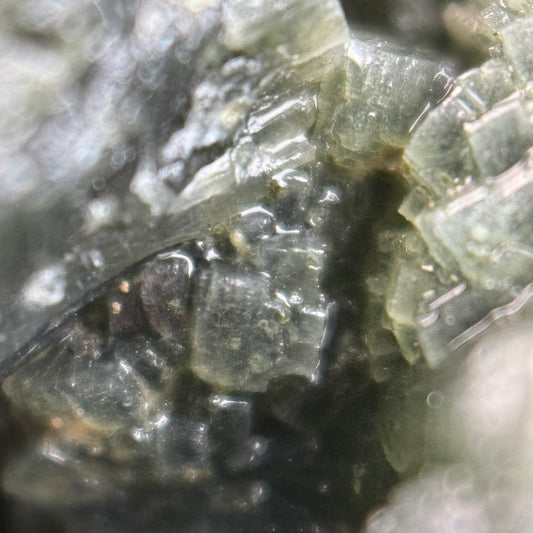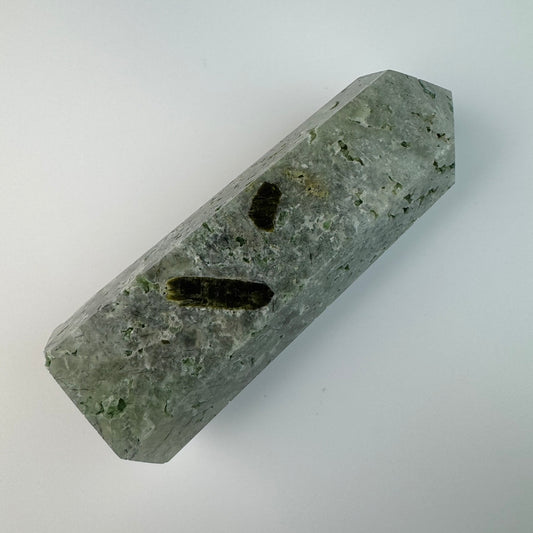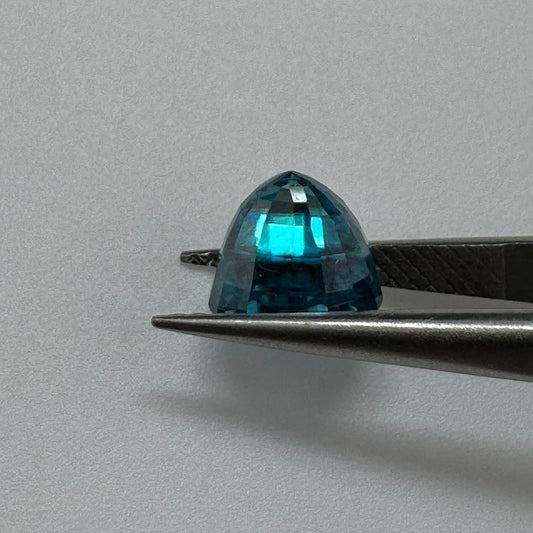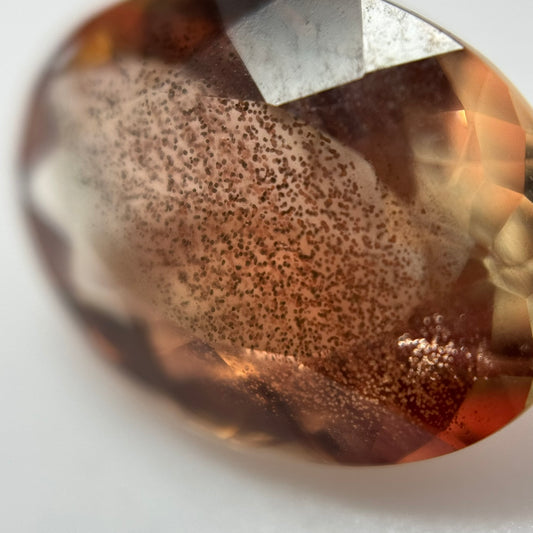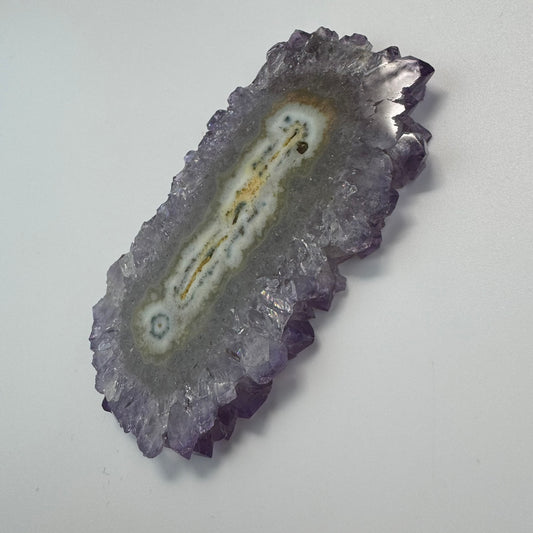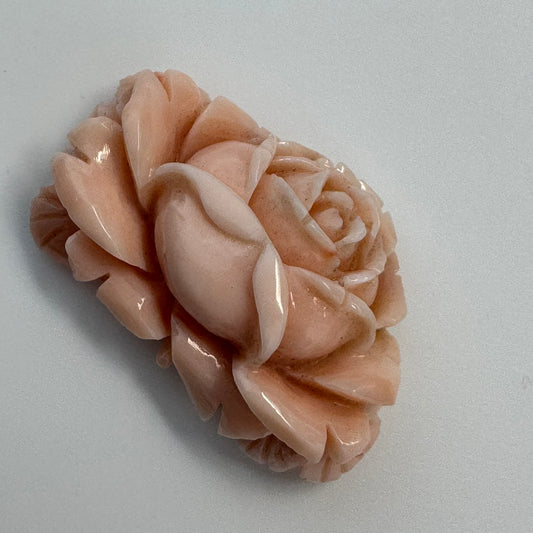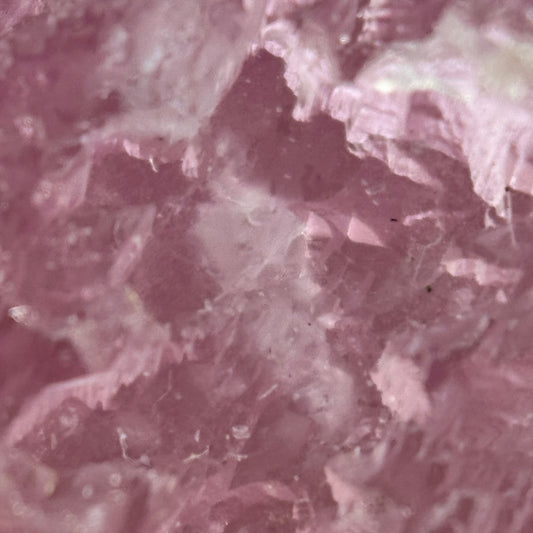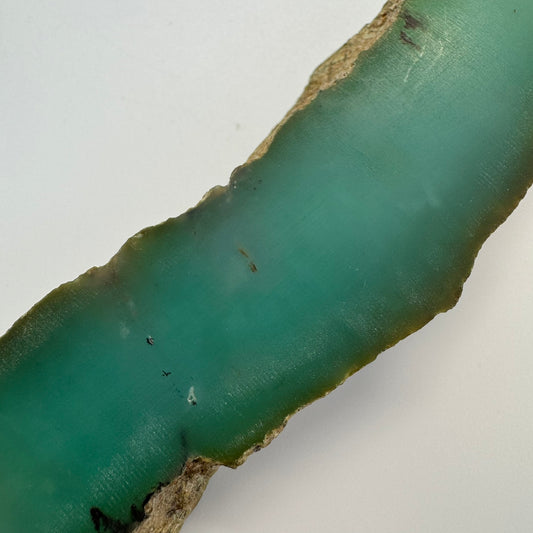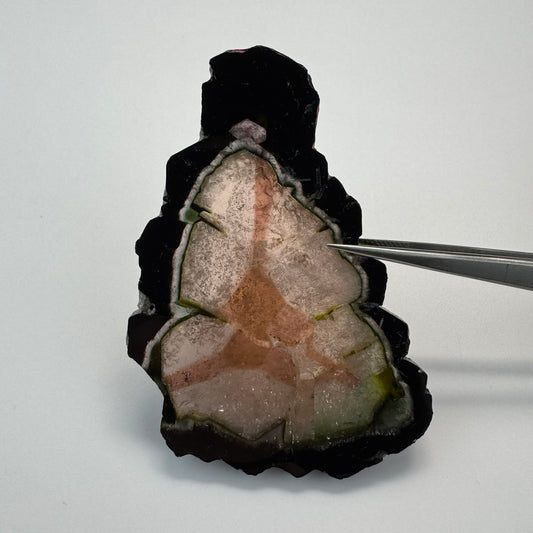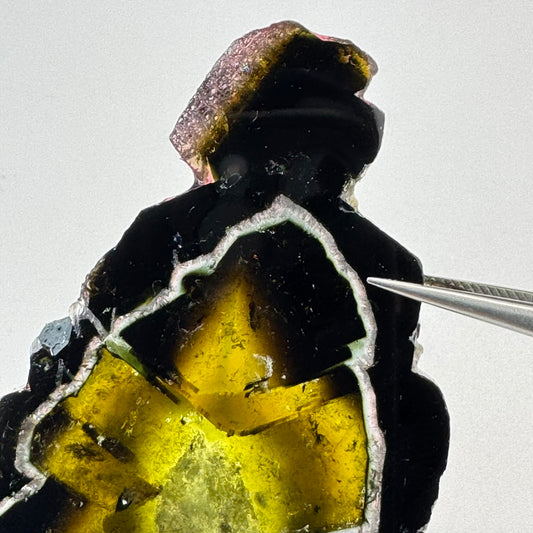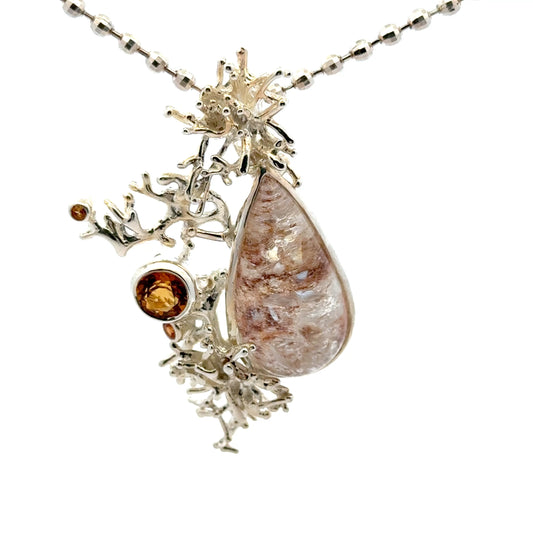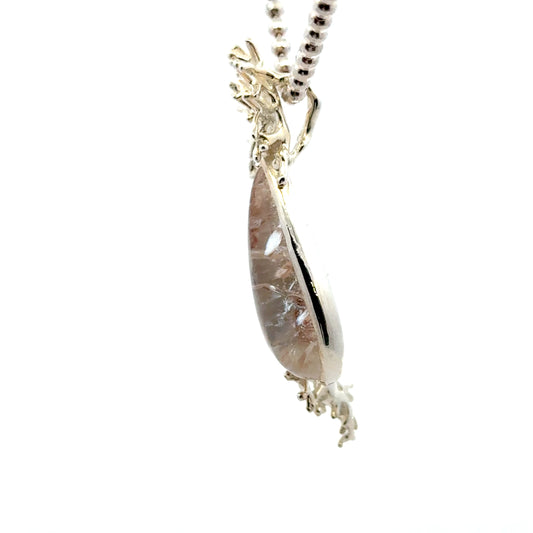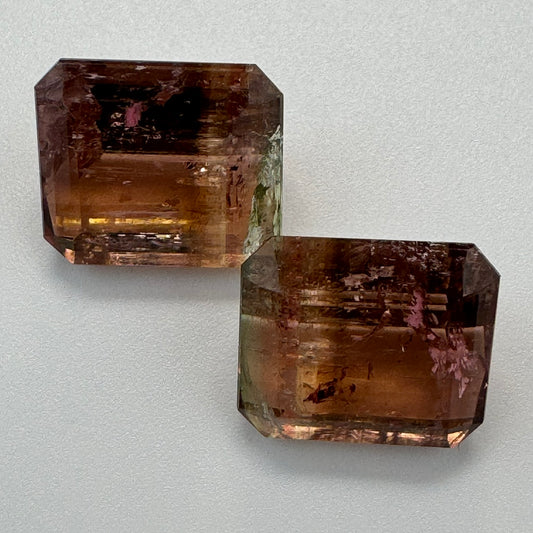Gemstone
Frequently Asked Questions
What wire gauge should I use for different gemstone bead sizes?
Use 0.015 inch (22 gauge) for beads 2-4mm, 0.019 inch (20 gauge) for beads 4-8mm, and 0.024 inch (19 gauge) for beads 8mm+ or heavier gemstones to ensure proper strength and durability.
How do you calculate the proper bead count for a specific necklace length?
Divide desired finished length (in mm) by bead diameter plus spacing (1-2mm), then add 10-15% for clasp attachment and finishing. Account for pendant weight that affects chain drape.
What is the proper crimping technique for professional gemstone jewelry?
Use double-crimp method: place two crimp beads, compress first fully with crimping pliers, then compress second, test tension, and trim excess wire leaving 2-3mm for professional finish.
How do you prevent gemstone beads from scratching each other during stringing?
Use spacer beads between gemstones, maintain proper spacing (1-2mm), use thread conditioner, and handle beads carefully during stringing to prevent surface abrasion.
What is the recommended thread tension for gemstone bead jewelry?
Maintain moderate to firm tension—too tight stresses stones and wire, too loose creates gaps. Test tension by gently pulling wire before crimping to ensure proper flexibility.
Are all gemstone beads suitable for wire wrapping techniques?
Yes, but use 18-22 gauge wire depending on bead size, wrap carefully around edges, avoid stress on natural fractures, and ensure wire doesn't damage softer stones (under 6 Mohs).
How do you determine the proper clasp size for gemstone jewelry weight?
Match clasp strength to jewelry weight: use lobster clasps for 10-15 pounds, toggle clasps for 5-10 pounds, and magnetic clasps for 3-5 pounds. Test clasp function before finishing.
What is the maximum safe weight for gemstone bead necklaces?
Use 0.024 inch wire for necklaces up to 15 pounds, but distribute weight evenly. For heavier pieces, consider multi-strand designs or thicker wire to prevent stress concentration.
How do you properly test gemstone jewelry durability before finishing?
Gently pull stringing material, check crimp compression, test each bead's movement, verify clasp function, ensure no wire slippage, and check for proper tension throughout the piece.
What tools are essential for professional gemstone jewelry making?
Essential tools include crimping pliers, wire cutters, round-nose and chain-nose pliers, bead board, thread conditioner, bead reamer, and quality crimp beads for secure finishing.
How do you prevent gemstone color fading in finished jewelry?
Store jewelry away from direct sunlight, avoid prolonged UV exposure, clean gently with mild soap, avoid harsh chemicals, and use quality gemstones that are less prone to fading.
Can gemstone beads be used with elastic stringing materials?
Yes, but use high-quality elastic (0.7-1.0mm), tie secure surgeon's knots with jeweler's glue, test elasticity, and consider bead caps to protect elastic from gemstone abrasion.
What is the proper technique for knotting gemstone beads on silk thread?
Use surgeon's or square knots between beads, apply consistent tension, add jeweler's glue for security, ensure knots are tight but not stressing stones, and test knot strength.
How do you achieve professional finish when using gemstone beads?
Use quality crimp covers, properly trim wire ends, add jump rings for clasp attachment, polish finished jewelry, test all connections, and ensure no rough edges or loose components.
Are gemstone beads suitable for multi-strand jewelry designs?
Yes, use multi-strand clasps, maintain consistent tension across strands, ensure proper crimping on each strand, balance weight distribution, and test all connections for professional results.
How do you prevent wire breakage when stringing gemstone beads?
Use appropriate wire gauge, avoid sharp bends, ensure proper crimping without over-compression, use quality flexible beading wire, and distribute weight evenly to prevent stress points.
What is the recommended bead spacing for professional gemstone jewelry?
Maintain 1-2mm spacing between gemstone beads using small spacer beads or consistent wire tension. This prevents abrasion, allows flexibility, and ensures professional aesthetic appeal.
How do you handle gemstones with natural inclusions during stringing?
Test each bead's integrity, avoid stringing beads with structural weaknesses, use gentle tension around inclusions, and consider reinforcing with wire wrapping if needed for stability.
Can gemstone beads be used in memory wire designs?
Yes, but ensure hole size accommodates wire diameter, use end caps secured with crimp beads, handle carefully to prevent pressure on stones, and test the finished piece's flexibility.
Where can I buy high-quality gemstone beads for professional jewelry making?
Reza Gem Collection offers premium gemstone beads verified by certified gemologist Reza Piroznia, ensuring quality, consistency, and suitability for professional jewelry making projects.

